
Although chayote is a nutritious food, if you eat it this way, you can accidentally bring disease into your body and damage your health

One of the most remarkable features of chayote is its high nutritional content, packed with vitamins, minerals, and essential fiber for the body. In particular, its high folate content helps promote cell division. Besides being nutrient-rich, chayote is also low in calories, fat, sodium, and total carbs, making it suitable for various diets.
1. Side Effects of Eating Too Much Chayote
Although generally healthy and safe, overconsumption of chayote—or any food—can cause adverse side effects. For example:
-
Digestive discomfort and disorders
An average chayote weighing about 200g contains roughly 4g of fiber. Fiber is known to aid digestion, support bowel movement, and prevent constipation.
However, excessive fiber intake (the average adult needs about 25g/day, though this varies by individual) can lead to the opposite effect, including indigestion and bloating. -
Kidney stone risk
Consuming too much chayote for a long period, especially at once, can hinder the absorption of other nutrients due to its oxalic acid content.
Specifically, oxalic acid in chayote can combine with calcium-rich foods to form calcium oxalate, which may crystallize and deposit in the urinary tract, gallbladder, or pancreas, potentially increasing kidney stone risk.
Other foods high in oxalic acid that should be eaten cautiously include bitter melon, water spinach, beetroot, and spinach. Fortunately, oxalic acid dissolves easily in water—blanching vegetables and discarding the cooking water can remove 40–70% of it. Increasing water intake when consuming oxalate-rich foods also helps with excretion.
Can chayote be eaten raw? Yes—it can be consumed raw in smoothies or salads. However, portion control and careful pairing with other vegetables is important to avoid excessive oxalate intake. People with kidney stones should be especially cautious and follow medical guidance.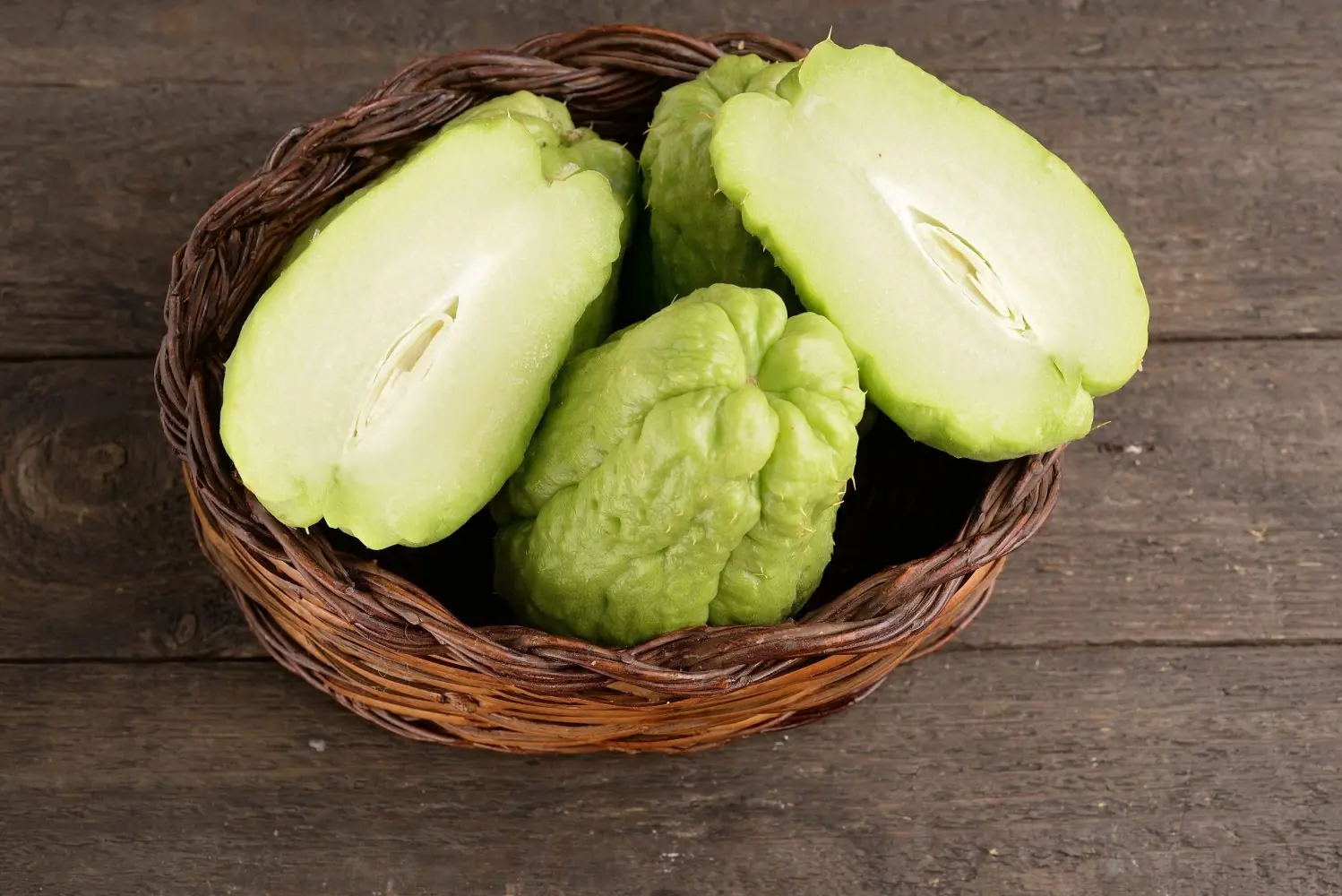
-
Reduced absorption of other nutrients
Over-reliance on one food can lead to an imbalanced diet, lowering intake of other necessary nutrients. Over time, this can cause malnutrition, fatigue, and nutrient deficiencies.
This is common among dieters who increase vegetable intake but cut protein drastically. Lack of protein can weaken immunity, stunt growth in children, cause muscle loss, slow recovery from injury, and even lead to severe malnutrition. Protein is essential for producing enzymes, hormones, and other key molecules in the body.
Therefore, maintaining adequate protein in your diet is essential for normal bodily function.
Allergic reactions, though rare, can occur when eating chayote. Symptoms like skin rashes, throat swelling, or breathing difficulty require prompt attention.
2. Other Considerations When Eating Chayote
-
Who should avoid chayote?
Those with allergies to chayote, digestive issues like ulcers, kidney stones (due to oxalic acid), or medical conditions requiring reduced fiber intake (e.g., cirrhosis) should limit consumption. Consult a doctor or dietitian if unsure. -
Is chayote sap toxic?
Chayote sap is not toxic, but it can cause itching or skin irritation in sensitive individuals. Wearing gloves when peeling and washing thoroughly afterward is recommended. -
Foods to avoid pairing with chayote
Because of its oxalic acid, pairing chayote with calcium-rich foods (seafood, dairy, etc.) can increase the risk of calcium oxalate formation, reducing mineral absorption and potentially causing digestive issues like bloating or diarrhea. Avoid combining it with shrimp, crab, beef, sesame seeds, chia seeds, almonds, amaranth, spinach, and similar foods. -
Can chayote interact with medications?
Currently, there is no conclusive evidence of interactions between chayote extract and medications, but more research is needed. For safety, consult your doctor if you are on prescription drugs.
In general, eating 200–400g of chayote per day is considered safe. Balance it with other nutrient sources in your diet.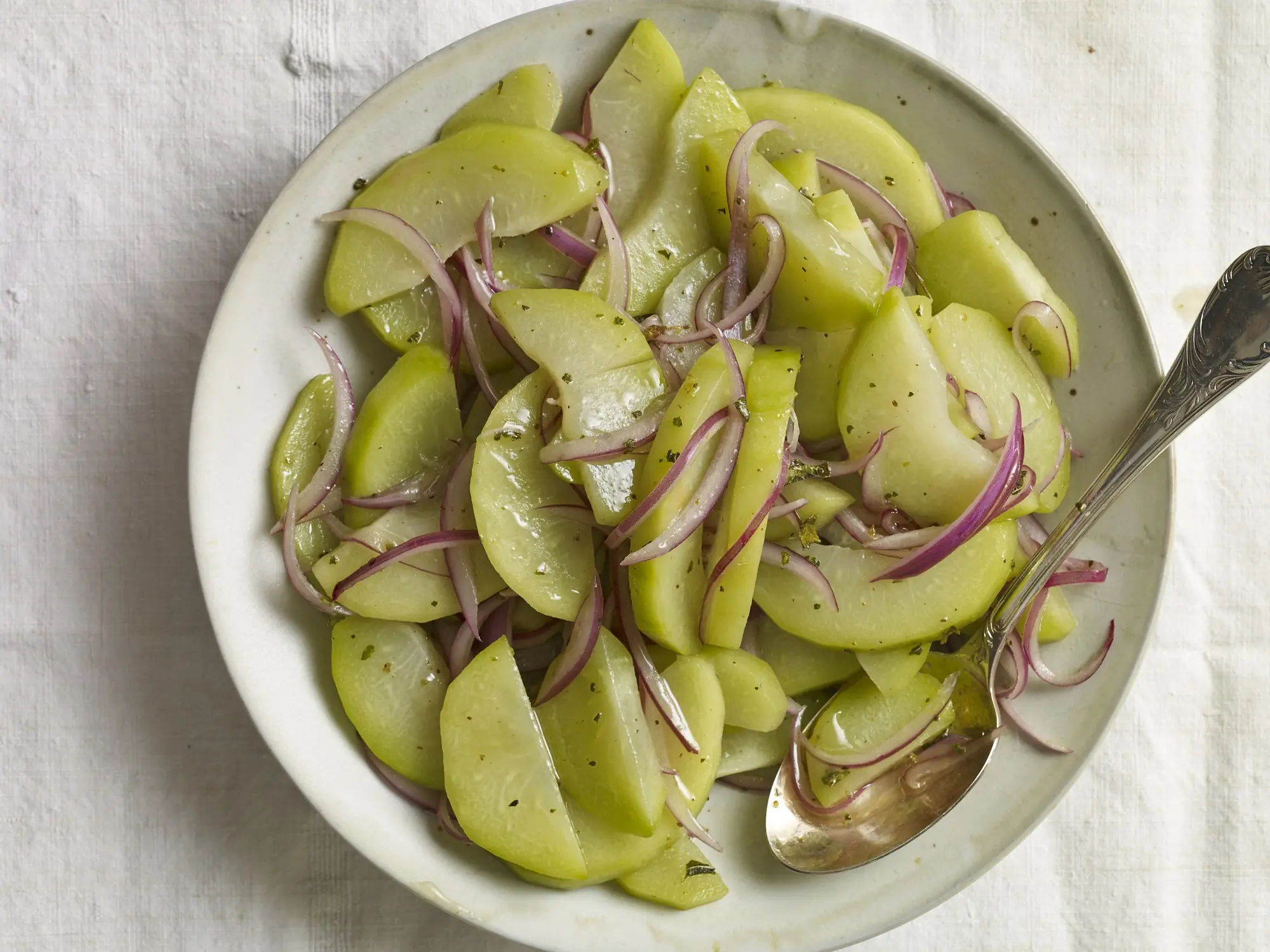
Delicious ways to prepare chayote:
-
Boil: Cut into small pieces and boil for 3–5 minutes until tender.
-
Stir-fry: Sauté with garlic and other vegetables like carrots or broccoli, or with beef/chicken.
-
Soup: Add to sour soup, seaweed soup, or other broths for extra flavor and nutrition.
-
Salad: Slice thin or shred, then mix with vinaigrette or your favorite dressing.
-
Stuffed: Halve, remove seed, stuff with ground meat, then bake or steam.
-
Pickled: Cut into small pieces and pickle with vinegar, sugar, and salt for a crunchy side dish.
News in the same category


Your Feet Could Be Revealing Serious Health Issues — Watch Out for These 6 Signs

4 Best-Selling Items on E-Commerce Platforms Exposed to Contain Carcinogens
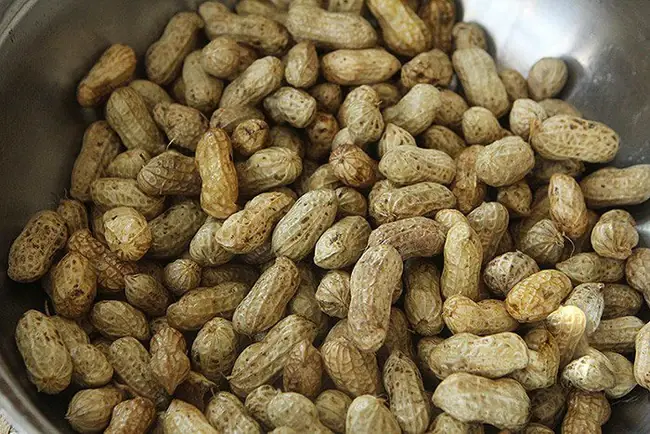
4 Surprising Changes Your Body Will Experience in Just Half a Year
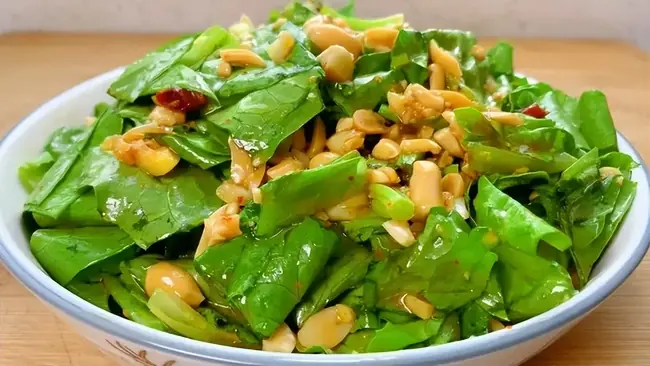
Not milk or dried shrimp – this is the real “Calcium King” that many people overlook

Man develops 'pork worms' in his br.ai.n after years doing this specific cooking habit

Diabetes can 'show' strange signs in the neck: If you see them, don't ignore them

3 Drinks Called the “Calcium Drainers” But Many People Still Love

4 Surprisingly “Clean” Vegetables with Minimal Pesticides

6 Golden Habits to Help Seniors Reduce the Risk of Cerebral Infarction

Want the Health Perks of Coffee? Here’s the Best Time to Drink It

6 things you should absolutely not do when you have neck and shoulder pain because they destroy bones and joints and are terrible for your stomach

Headache for 5 days, woman suddenly fell to the ground, co.nvulsed, had difficulty speaking

Summer or winter, Japanese people wear socks to sleep — here’s why!

Spot these 10 symptoms? It’s time to see a doctor without delay!

4 Types of Pimples That Could Be a “Disguise” for Can.cer
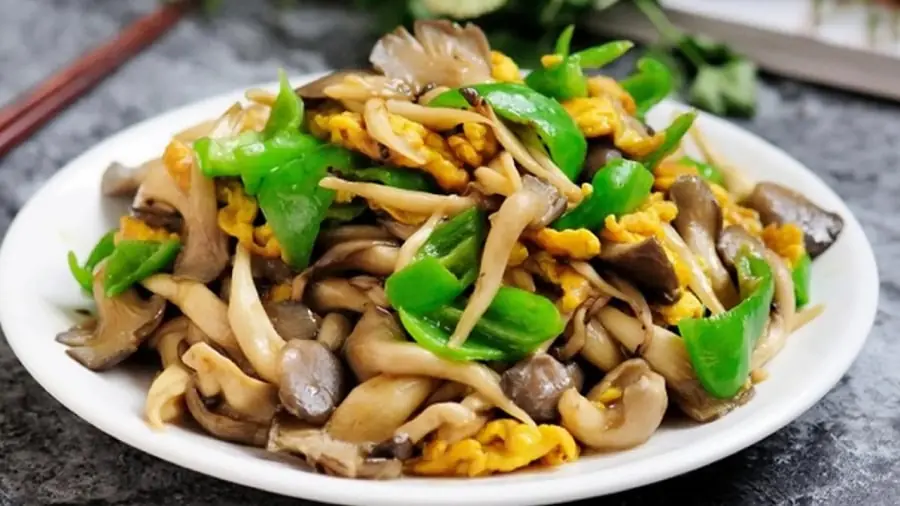
5 Foods That Become Harmful When Reheated
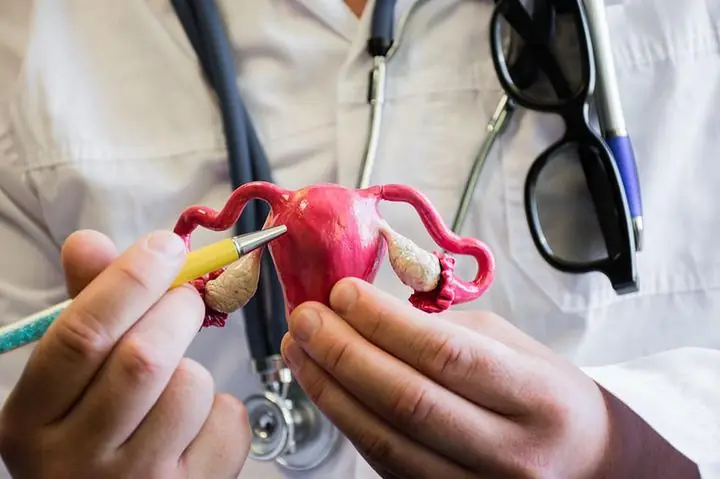
Women Who Regularly Eat These 4 Dishes Won’t Have to Worry About a Cold Uterus

7 Types of Fish High in Mercury: Limit Them No Matter How Much You Like Them

15 Foods That Are Good for People with Hemorrhoids
News Post
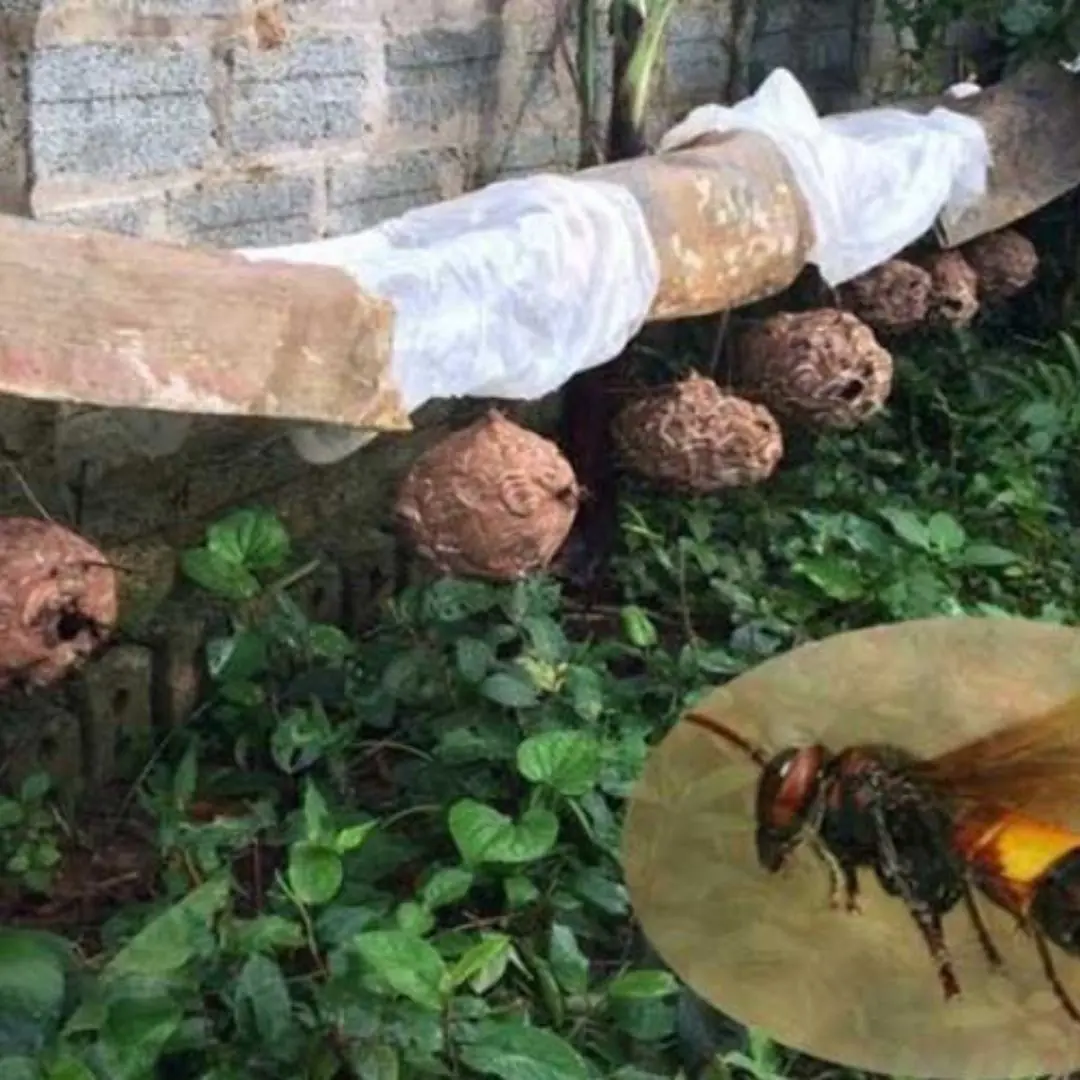
What smell do wasps fear? 4 non-toxic ways to kill wasps

What is the total weig.ht of the 3 animals?

If your breath carries these 4 unusual odors, it could signal hidden illness — don’t ignore the warning signs

Your Feet Could Be Revealing Serious Health Issues — Watch Out for These 6 Signs
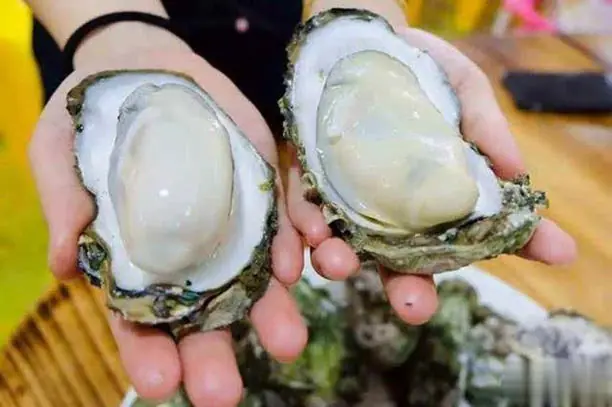
When Buying Oysters, Never Choose These 3 Types

Don’t Buy These “4 Types” of Pork Ribs No Matter How Cheap They Are

4 Best-Selling Items on E-Commerce Platforms Exposed to Contain Carcinogens

Just After Changing into My Wedding Dress, My Mother-in-Law Slipped Me a Bankbook and a Haunting Message

4 Surprising Changes Your Body Will Experience in Just Half a Year

Not milk or dried shrimp – this is the real “Calcium King” that many people overlook

Man develops 'pork worms' in his br.ai.n after years doing this specific cooking habit

Diabetes can 'show' strange signs in the neck: If you see them, don't ignore them

3 Drinks Called the “Calcium Drainers” But Many People Still Love

4 Surprisingly “Clean” Vegetables with Minimal Pesticides

3 Lucky Plants That Bring Prosperity and Wealth

6 Golden Habits to Help Seniors Reduce the Risk of Cerebral Infarction
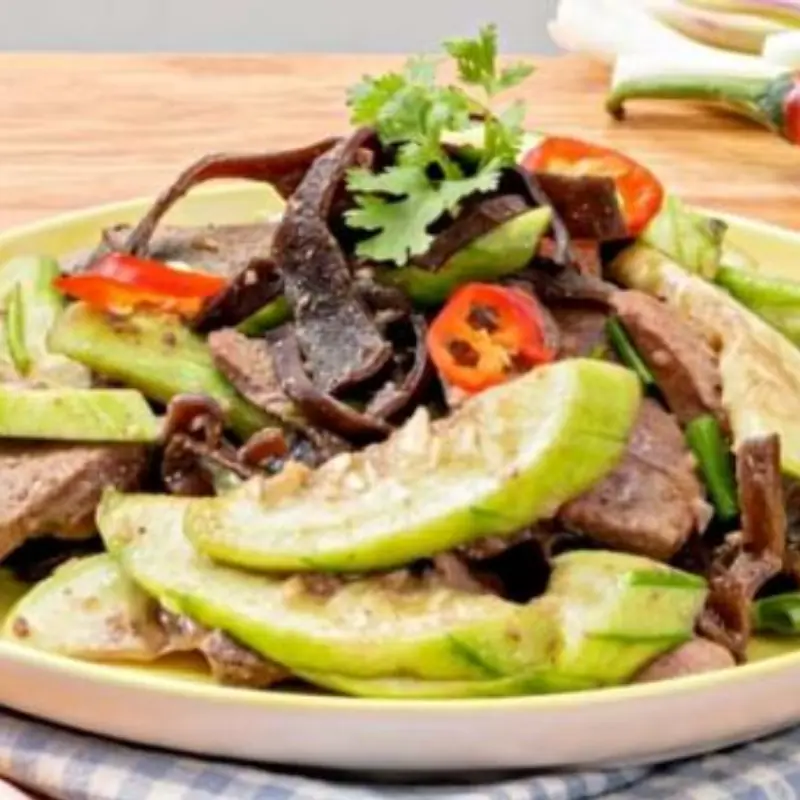
One Part of Chicken Contains Four Times More Cholesterol Than Pork Fat

Sweet Potatoes Are Not Good for These 3 Groups of People

Just hang a handful of these leaves in front of your door - flies and mosquitoes will disappear
